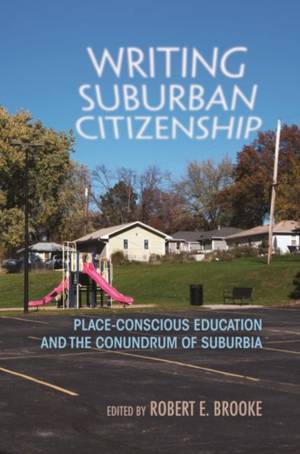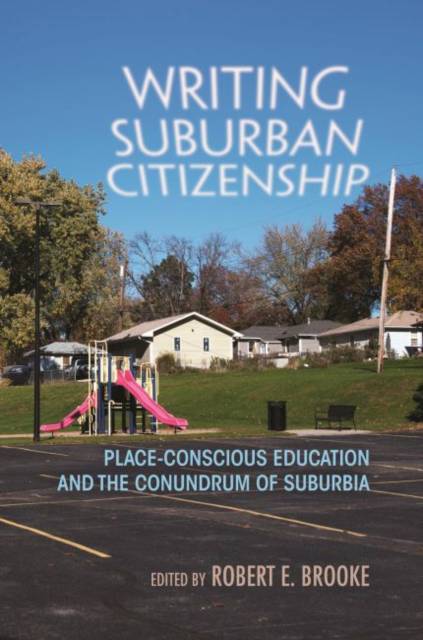
- Retrait gratuit dans votre magasin Club
- 7.000.000 titres dans notre catalogue
- Payer en toute sécurité
- Toujours un magasin près de chez vous
- Retrait gratuit dans votre magasin Club
- 7.000.000 titres dans notre catalogue
- Payer en toute sécurité
- Toujours un magasin près de chez vous
Writing Suburban Citizenship
Place-Conscious Education and the Conundrum of Suburbia
110,45 €
+ 220 points
Description
In the past century, more and more Americans have been migrating from rural areas and urban centers to suburban communities. As a result, the majority of American youth are educated in the suburbs, and the ways in which they learn to be citizens are shaped by their suburban surroundings. Because many of these communities are designed to support a "placeless" lifestyle of a transient yet demographically similar population, they are often disconnected from a regional history and culture. For practitioners of place-conscious education--education that seeks to ground the curriculum in local experience, both natural and cultural--this presents a challenge.
In Writing Suburban Citizenship, nine college and secondary writing teachers present suburban classroom projects aimed at exploring the watershed and the commonwealth of the region. Watershed projects, those concerned with the natural environment and ecological realities, include a unit on regional water issues and a naturalist almanac for a local park system. Commonwealth projects are concerned with cultural history, including an investigation of a community's Native American heritage and a chronicle of multigenerational work histories. With these diverse and robust projects, contributors spotlight the myriad ways suburban students can build rich, authentic connections to their surroundings and create a sense of belonging to their community.Spécifications
Parties prenantes
- Editeur:
Contenu
- Nombre de pages :
- 280
- Langue:
- Anglais
- Collection :
Caractéristiques
- EAN:
- 9780815634270
- Date de parution :
- 02-11-15
- Format:
- Livre relié
- Format numérique:
- Genaaid
- Dimensions :
- 152 mm x 229 mm
- Poids :
- 580 g






